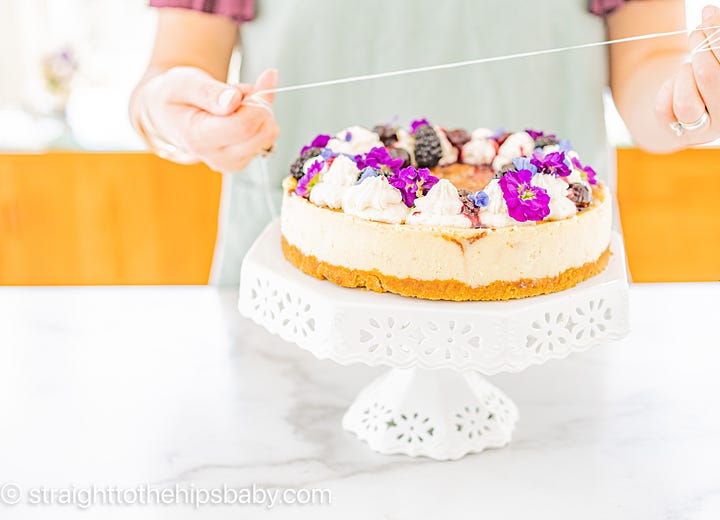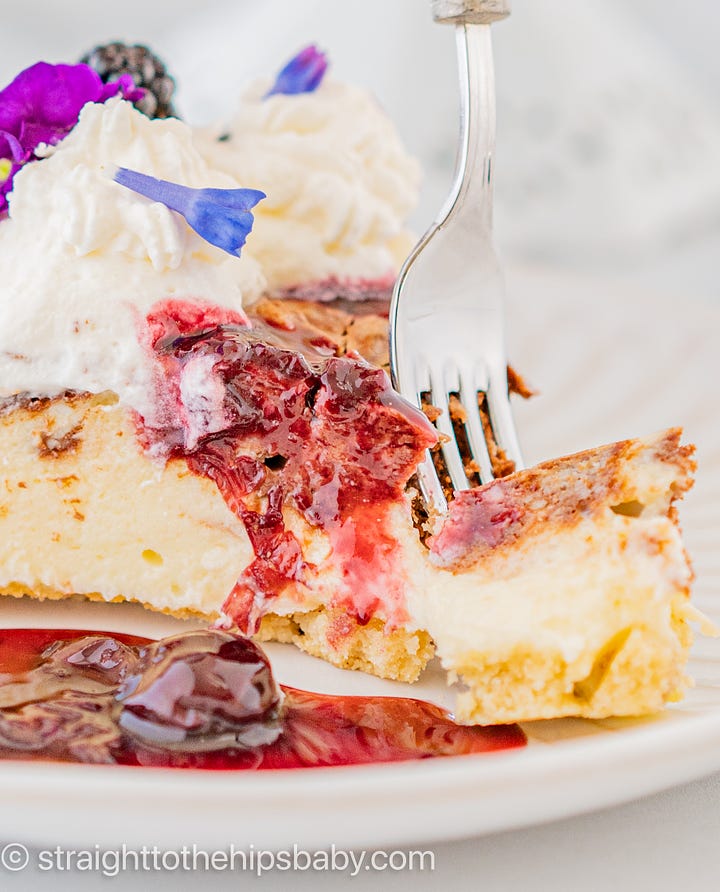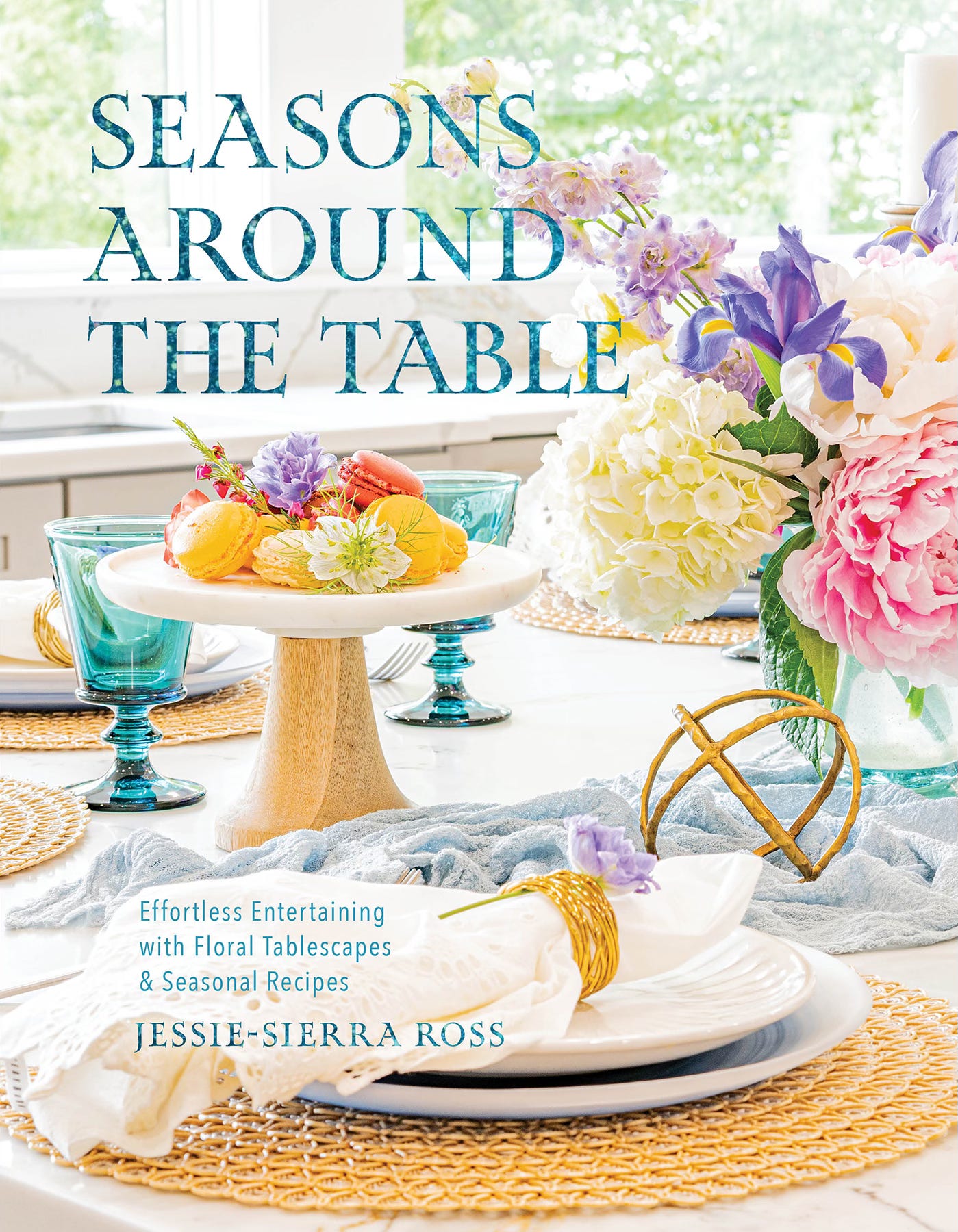When Recipes Aren't Enough
A plea to not dismiss food photography in cookbooks. They add more than just a pretty picture to the narrative.

The Debate Over Food Photography in Cookbooks is Heating Up
There is a wild heated discussion happening on Threads, Twitter, and Substack over the pros and cons of including food photography in cookbooks. Vocal advocates on both sides are putting up their dukes and their fastest lenses. Where do you fall? I’m a bit biased, but let me explain why.
A Trip to the Bookstore Always Leads to One Thing
If you’re anything like I am, you’re probably a cookbook junkie. Your bookshelves may include a handful of classic works by Steinbeck, Thoreau, and Dickinson. Maybe a dog-eared edition of Farley Mowat’s Never Cry Wolf and that random science fiction book from high school (the great Isaac Asimov). But, the true “meatiness” of your shelves holds a collection of hardbound & stained pages of Julia (Child), Yotam (Ottolenghi), and Ina (Garten, with a capital “G”). You’re a food geek. An ingredients nerd. A devoted acolyte to the resting temperatures of beef, the gluten percentages found in different types of flour, and the finer qualities of French butter.
Sure you like to eat, but even more important than the divine first bite of a perfectly baked croissant, or sipping a Sancerre on a summer’s evening, you like to COOK. Hands on, up to the elbows in pasta dough, double-boiler melted chocolate cooking. And, here’s why I think food photography is important in that context.
From Pan to Table; Why does my dish look different than hers?
I’ll tell you a story: outside of a handful of dishes learned at my Mother’s side, I didn’t really learn how cook until my thirties. I hit that decade of life running… running after two (and then three) small children, with the need to feed them more than PB&J sandwiches.
What to do? Well, lucky to live in the modern age, I’d Pinterest and bookmark my way through google images and food blogs until I found the ‘Eureka!’ photo. The one that would encourage me to pick up a spatula and grab my own ingredients to cook that dish. You know the dish - the one that would feed my family, and open up my kids’ palates to all of the flavors this big wide world could offer. Let me tell you, I failed spectacularly. I mean, 4o minutes-extra-braising-time-and-no-flavor-does-this-look-right-to-you? kind of FAILED.
Why did I fail? It could have been me and my lack of experience. It could’ve been poorly written directions. Perhaps a combination of the two. That’s when instructional food photography as well as a finished, plated dish photo (the “Hero-Shot”) becomes essential.




But, but, I know how to cook! Sort of.
Many of us, and I might even dare to say most of us, could use the help of visual aids when cooking in the kitchen. There is an assumption made by many people who write instructions that their audience knows how to create a roux, knows when to add the milk to make a sauce creamy instead of gritty… but, what if you didn’t know that the roux should be nutty brown and fragrant before adding the milk. How brown is “nutty”? Light tan? Chestnut? How about beating egg whites for meringue? What the hell is the difference between soft peaks, stiff peaks, and glossy peaks to the novice cook? Photographs my friends, photographs. Food photography is a supremely helpful tool to illustrate the quality, color, and consistency of cooking techniques and their (intended) best results.
Also, beautiful hero-shots make me drool more than a snow crazy St. Bernard on a mission in the Alps.
Remembering the readers’ POV
The cookbooks and blogs that used the most photographs in their recipes were the ones I always returned to. That’s a simple fact. They were the food and recipe writers that inspired me with the beauty of the finished dish, and the flavors described. I enjoyed learning how to make a dish just as much as I enjoyed eating it. I fell in love with blogs that used powerhouse instructional food photos like Smitten Kitchen and I am a Food Blog, and cookbooks with gorgeous hero-shots like Jerusalem and French Country Cooking. Importantly, they emboldened me to try cooking the dish in the first place. It boils down to this; the photography gave me the visual representations of what I should be aiming for, even if I didn’t quite know how to do it from just the recipe text. I felt empowered by those images.
And yes, before you remind me, I did mention I have a very well-loved copy of Mastering the Art of French Cooking in my collection, and the ladies Child, Bertholle, and Beck, didn’t use photographs in their cookbook! To that I say - perhaps they would have done so if full color printing had been as easy as it is today - but also, if you can write as detailed directions as they did AND draw the beautiful cooking sketches, then we can chat photographs vs non photographs!
You’re biased! Well… I’m experienced
In the end, it’s really about a common language. If you’re a chef and you’re writing for chefs, you all speak the same words. You’re fluent in ‘kitchen’, and you can visualize the technique from description alone. Some chefs recording recipes in the 1800s didn’t even write instructions, just a name and ingredients, under the assumption that someone who speaks ‘kitchen’ will just know what they mean.
And that’s great! At least until someone who doesn’t live in that world picks up your beautifully crafted words. Then they will absolutely need a Rosetta Stone. Something they can use as a frame of reference to translate ‘kitchen’ into ‘home cook’.
As a recipe developer, food writer, food photographer, and cookbook author myself, it’s so easy to assume that our readers already grasp basic cooking techniques, like when exactly that homemade batch of turkey gravy has truly thickened after adding the Wondra flour, but it’s not always true. I’d rather teach and over-illustrate, than have a brave home cook fail before they’ve even started plating. That’s why I use food photography, and why I will always sing its praises. Let’s allow the opportunity to have all types of learners cook our food and taste our creations. Added Bonus; food photography filled cookbooks make awesome coffee table books and conversational pieces too. Just saying.
More food for thought
Are you a fan of light & bright photography? Sumptuous food photos and airy tablescapes? Head on over to Amazon.com and buy my book, Seasons Around the Table, now on pre sale. Also visit my food & lifestyle blog www.straighttothehipsbaby.com
Keep the chat going…
Want to add to the discussion? Leave a comment! There isn’t a right or wrong answer to the question, but there is sure a lot of amazing dialogue to be had!



I actually fall on the other side of the argument! I totally understand where your coming from, but I think the middle ground for the average home cook is illustrations. Books like Salt, Fat, Acid, Heat or Mastering the Art of French Cooking thread that needle of showing you how to do it, without making you feel like a failure if it doesn't look perfect. As a cookbook collector, I also think that food photography is more likely to look dated quicker than illustrations. I have some amazing cookbooks about wild/foraged foods from the 1970s with awesome recipes that have THE WORST photography by our standards/preferences today.
That being said, though, there are definitely times where photography is probably the best option, particularly for cookbooks geared towards beginners! Or if you're trying to capture a particular moment/place in time, for example Bethlehem (Fadi Kattan). But overall, I think illustration has more longevity and use case than photography.
But again, I totally see your point as well!
I love this! I very much agree that a book helps someone being like “that looks good I should try it!” If ingredients or techniques are new to me, it’s nice to know what my end goal is